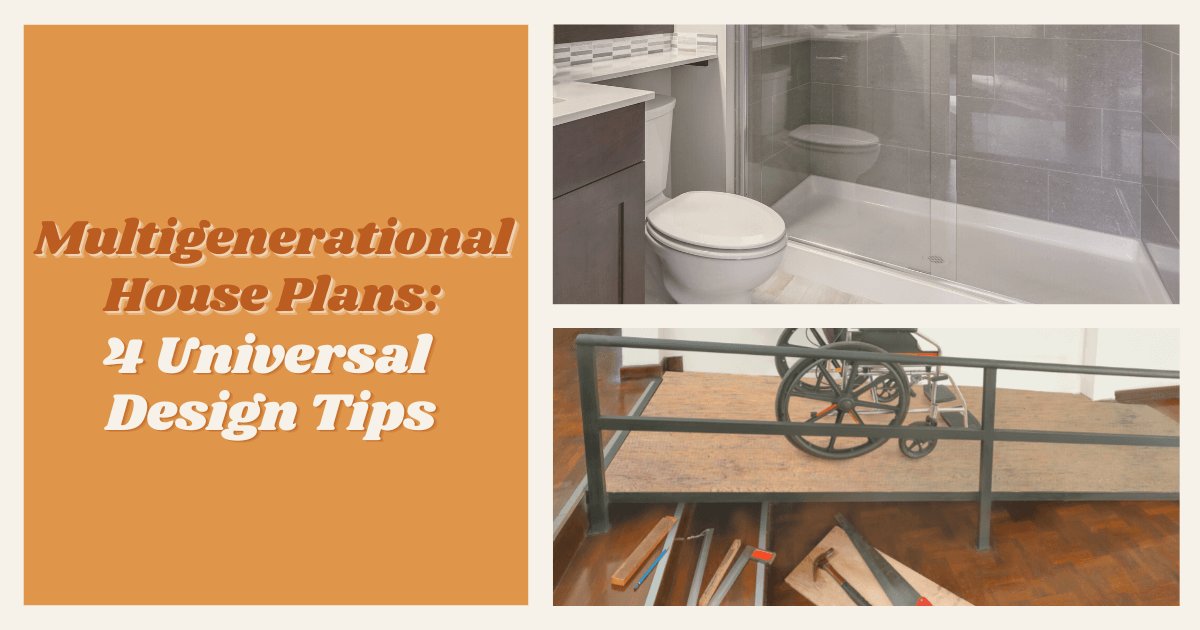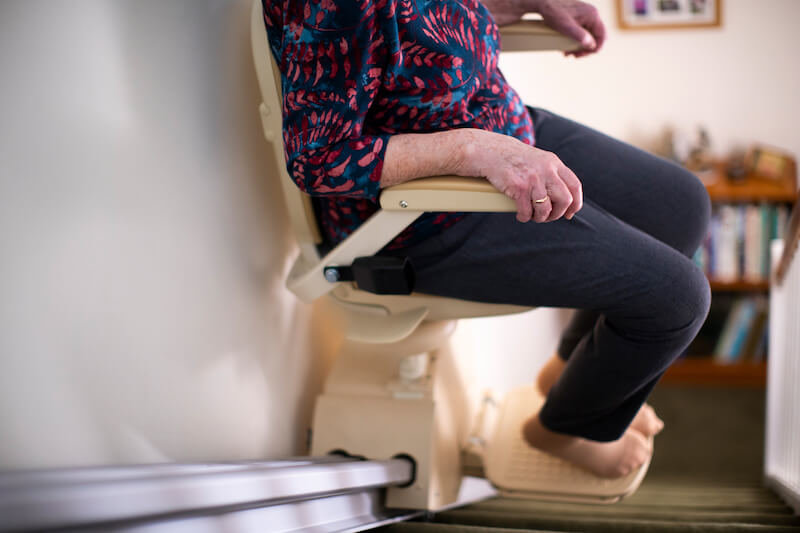Multigenerational House Plans: 4 Universal Design Tips
Posted by Justin Havre on Thursday, October 13th, 2022 at 8:42am.

While there are pros and cons to multigenerational homes, this living arrangement has become more commonplace in North America. Homeowners anticipating an aging loved one moving in or already have a senior aging in place with them will want to make their homes accessible for everyone.
These homes can be multi-family properties, but they can also be single-family homes. If you want to learn a few key ways to make a multigenerational home accessible, the following are some top home modifications to ensure a senior can live there while maintaining independence.
Make a Plan Before You Get Started
Homeowners will want to evaluate the specific needs of their aging loved ones to ensure they can live out their golden years in a safe environment. Is the individual using a walker or wheelchair? Do they have trouble getting up and down stairs? Is the bathroom a potential issue to navigate?
These are all essential things to consider before undertaking the task of making modifications or renovations. The housing needs of seniors will vary, and each situation is different depending on the home's architectural structure, interior design, and layout. Create a plan to make these transitions as they are needed.
Some possible integrations that may be necessary involve modifying furnishings, cupboards, shelves, or adding grab bars and toilet seat risers in bathrooms. Perhaps a walk-in shower or tub would be a good addition. Wheelchair users may benefit from widened halls and doorways or lowered counters.
Design a Wheelchair-Friendly Home
There are several ways to make a home accessible for loved ones using a wheelchair. Some top modifications might include:
- Replacing short stairways with handicap-accessible ramps
- Installing a stair lifter
- Adding an elevator
- Removing bathing barriers and adding handicap-friendly bathroom features
- Updating the toilet
- Placing handrails in key areas
- Changing flooring installations
A top consideration for wheelchair users in multigenerational homes is that indoor threshold ramps allow smooth transitions from one surface to another, making it safer for them to navigate the entire house. Smooth flooring like tile, hardwood, or laminate is easier for wheelchair users, as carpet and excessive rugs can be a hindrance. Arrange home furnishings to allow wheelchairs to get around without having to make sharp turns.
Ensure Every Floor Is Accessible

In homes with multiple storeys, making a few changes can allow seniors to get from floor to floor much more manageable. In some homes, adding an elevator might be possible. However, those who find this feature unrealistic have other options, such as stairlifts and inclined platform lifts.
A stairlift consists of a moving seat travelling up and down the stairway on rails or a track mounted on the stair's surface or adjacent walls. Stairlifts are pretty easy to retrofit for most homes, especially those that are a straight run to the top.
Inclined platforms are the top option for those using wheelchairs. They move up and down an existing stairway and are supported by wall-mounted rails on one side. Inclined platforms come in various sizes and are much larger and wider than seated stairlifts.
Chairs can also be incorporated into inclined platforms. Some models can also turn corners along curved staircases, but the stairwell must be wide. This option is more expensive than stairlifts.
Create a Bathroom Safe For Everyone
Homeowners with a senior in the home should consider modifications to their bathrooms. One top consideration is to convert a tub into a walk-in shower, which allows for easier and safer entry than traditional tubs. You can also add a new bathroom designed for an aging loved one.
Whether a shower or tub is in place, installing grab bars and safety strips is wise. If modifying the bathroom isn't feasible, owners can add a transfer bench to the side of the tub. These benches allow seniors to sit while getting into the tub, taking it one leg at a time.
A grab bar in front of the toilet can give seniors even greater freedom. Some may benefit from a higher toilet or an elevated addition that allows for easier transitions from standing to seated and vice versa.
Have Multiple Generations Occupying Your Home?
There are several things to consider when a senior moves into a home to age in place rather than moving into a senior living environment. With a few upgrades and retrofits—or even going so far as to build a home addition—the house can be a comfortable and accommodating place for the whole family. Thousands of seniors are on waiting lists for accessible homes, so inviting an aging loved one into your property might be a great option. Should assistance be needed, professionals can assist with tips and recommend the best upgrades for every situation.

